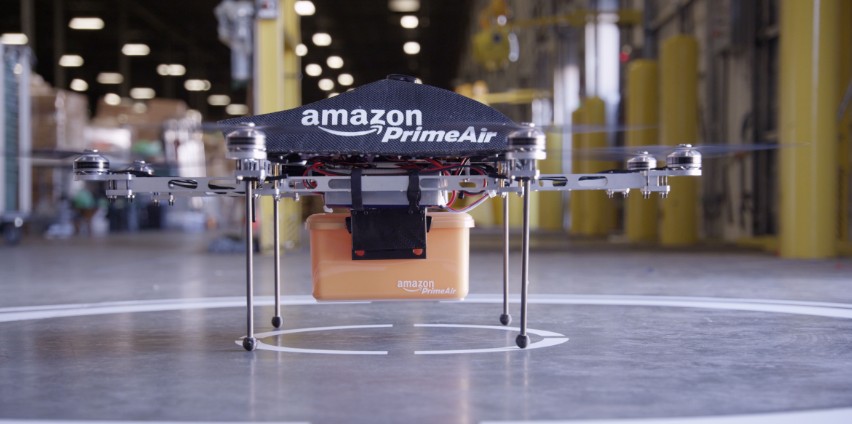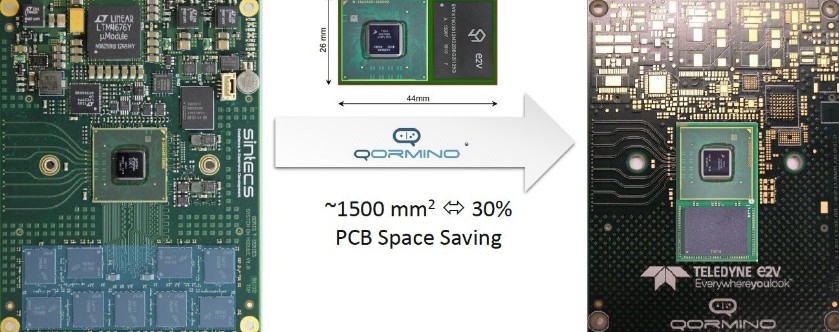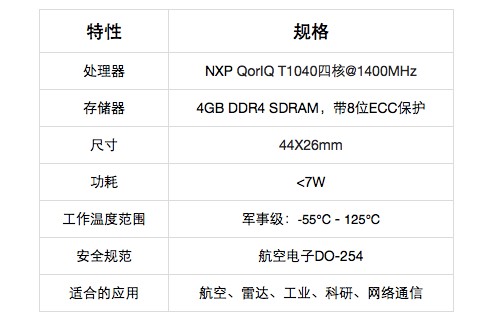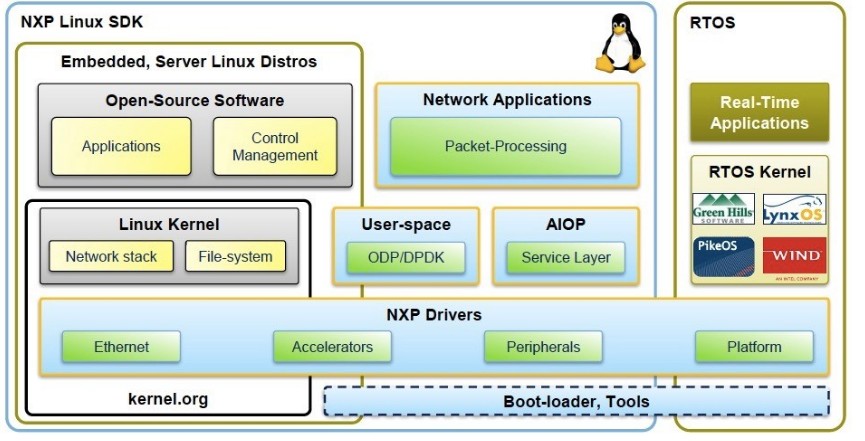Amazon Prime Air is a drone delivery service that Amazon is testing in some areas. This UAV designed specifically for express delivery uses complex "sensing and collision avoidance" technology to work at altitudes below 120 meters in a highly automated way. By flying, a package weighing 2.3 kg can be safely delivered to the customer within 30 minutes, and the service range is within 16 kilometers.

Civilian UAV Market Forecast
Whether it is Amazon's professional express delivery drones or DJI's consumer entertainment drones, they are all branches of the UAV market in a broad sense. According to UAV statistics from market research company Tractica, the number of UAVs worldwide will increase from approximately 80,000 today to 2.7 million in 2025, with annual sales of up to US$8.2 billion. In addition, according to the data of the Prospective Industry Research Institute, regardless of military drones, the market size of China's civil drone market alone will exceed 10 billion yuan in 2018, and it is expected to grow to 60 billion yuan by 2020, and by 2025 It will be as high as 180 billion yuan annually.
What is SWaP?
The rapid growth of the UAV market is also driving the development of UAV composite materials and avionics technology. The electronic part of UAV design involves computing processing, communication, sensing, imaging, and power management. No matter which technical solution is adopted, UAV design must deal with the challenges of SWaP. SWaP stands for the abbreviation of Size, Weight and Power, and is an important factor to be considered in UAV design. This article will discuss how to deal with SWaP challenges from the perspective of technologies such as microprocessors, sensors, RF and microwave devices, and power supplies.
The primary challenge of SWaP: System Module (SOM)
In addition to computing processing performance and network communication functions, UAV design also has strict requirements on the stability and security of the core processor system. As a general embedded computing platform, NXP QorIQ series communication processors have been proven to meet these requirements. QorIQ microprocessors include the T series based on the 64-bit e5500 Power Architecture processor core, and the Layerscape series based on the ARM CORTEX A72 core, which are particularly suitable for mixed control and data applications with low power consumption and high processing performance, such as switches, routers and Internet access equipment, etc. For example, the new universal computing platform solution named Qormino series by Teledyne e2v, combined with powerful PowerPC or ARM multi-core microprocessor (with high-density DDR4 memory) is also an ideal embedded computing platform, suitable for industrial control and aviation High reliability applications such as aerospace.
Although NXP provides design engineers with a complete reference design board and software and hardware development platform for microprocessor solutions, it has many design-experienced services for high-reliability embedded computing applications such as UAV drones. The company is providing system designers with more professional and customized system-level modules (SOM) and corresponding services, including reference design boards developed by Sintecs in the Netherlands and Qormino products from Teledyne e2v in France. Figure 2 compares the size of the reference design board. Due to visible memory module integration, Qormino has a huge size advantage. This shows that Qormino has overcome the primary obstacle of size in dealing with SWaP challenges.

Below we take the QorminoQT1040-4GB system module developed by Teledyne e2v as an example to illustrate how the SWaP problems in UAV design are solved one by one. Qormino is an embedded computing system module with small size, low power consumption and powerful processing performance. It integrates QorIQ series microprocessor and 4GB DDR memory on a 44X26mm interposer, which is especially suitable for the design of military and civilian UAVs. Development. The performance characteristics of the Qormino QT1040-4GB system module are shown in the following table:

In terms of hardware and software development environment, Qormino benefits from a large number of software and tools from NXP and third parties. Qormino supports NXP's mature Linux SDK and industry mainstream RTOS (specific bootloader and BSP are required), which simplifies and accelerates the development of high-performance and high-reliability applications such as UAV.

In addition to the NXP QorlQ T1040 PowerPC processor core mentioned above, the Qormino series general-purpose computing platform solutions can also provide the NXP LS1046 processor based on the ARM Cortex A-72 core according to customer requirements. For UAV design requirements that require different processors and memory capacities, Teledyne e2v can develop specific solutions. In short, the flexible solutions of the Qormino series can help customers design high-end drones.
The Qormino QT1040-4GB embedded computing solution can bring the following benefits to UAV design:
1. Computational acceleration
â—¦ Innovative Data Path Acceleration Architecture (DPAA) technology can effectively manage the data flow and balance the computing load to the designated core;
â—¦ AlTIVec technology uses complex algorithms to accelerate the processing of dense vector data, thereby greatly improving the parallel processing performance of radar and imaging signals;
â—¦ The 4GB DDR4 memory integrated on the board can support a data transfer rate of up to 1600MT/s, and it effectively solves the problem of interface and timing deviation of separate memory.
2. Hardware Virtualization
â—¦ Support multiple OS jobs at the same time;
â—¦ Three-level instructions: users, administrators and super administrators to coordinate the operation of multiple virtual machines (VM);
â—¦ Processor partition to ensure system redundancy.
3. Advanced communication interconnection support
â—¦ Built-in multiple peripheral interfaces required by aviation and military systems, including ARINC 429;
â—¦ Eight 5 Gbps Serdes buses support ultra-high-speed bidirectional links;
â—¦ 4 v2.0 PCI express controllers can work with external ASIC or FPGA.
4. High reliability and service life management
â—¦ The proprietary semiconductor lifecycle management (SLiM) service can provide UAV developers with up to 15 years of component supply guarantee;
â—¦ Centralized management and safe supply of proven original components;
â—¦ Effectively prevent counterfeiting of components and reduce the risk of system failure.
Other challenges of SWaP: sensors, RF/microwave devices, and power management
sensor
To realize timely and effective sensing and avoid collisions, UAV needs many sensors to collect flight data and provide timely operational feedback, including airflow sensors, inertial measurement sensors, tilt sensors, magnetic sensors, and engine intake sensors. The bulky sensor not only increases the weight of the UAV, but also causes many problems such as unbalanced and unstable flight. Its power consumption also has a negative impact on the power supply and endurance. All these issues drive sensor suppliers to develop lower power consumption, small and lightweight sensors to meet this challenge presented by UAV design.
Antenna array, RF/microwave device
The wireless communication function designed by UAV is mainly to send and receive information between the UAV and the ground control station, and conduct safe navigation through satellite positioning and M2M communication with other flying objects in the air. The use of antenna arrays at both ends of the wireless channel facilitates beam orientation control, while also reducing signal transmission power consumption, increasing data transmission rate and expanding communication range.
The stringent requirements of UAV design for high performance, high efficiency and small size are also driving the technological development of RF and microwave devices, shifting from traditional separate packaging to mixing with digital technology, such as the development of GaN solid-state power amplifiers, and even integration in a package Diode switches, GaAs low noise amplifiers, GaN-on-Si power amplifiers and other devices. In order to meet UAV customers' demand for SWaP and cost, some RF/microwave device suppliers have also developed RF BGA packaged devices.
Power management
For UAV power systems, designers are concerned about size (S), weight (W), power density (P), power-to-weight ratio, efficiency, thermal management, flexibility and complexity. Small size, light weight, and high power density (SWaP) can allow UAVs to carry more payloads, fly longer and last longer, and complete more tasks. High flexibility and low complexity can make power system design easier.
According to the load requirements of the subsystems, there are several power sources for drones to choose from. Among them, lithium-ion batteries are a commonly used power source. Because of their small size and low cost, they are ideal for drones with 100W and several days of operation. select. For special-purpose UAVs, power packaging, service life, temperature range, and working environment requirements may also need to be considered.
Waterproof Led Display Screen Wall,Led Display Advertising,Led Display Advertising Billboards,Full Color Led Display
Guangzhou Cheng Wen Photoelectric Technology Co., Ltd. , https://www.cwledwall.com
